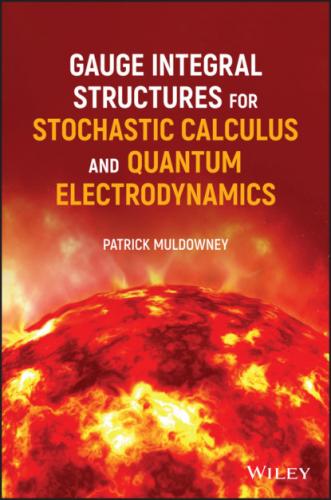and let
(2.16)
for
(2.17)
As in previous versions of the sample space
for measurable sets
2.5 More on Basic Stochastic Integral
The constructions in Sections 2.3 and 2.4 purported to be about stochastic integration. While a case can be made that (2.6) and (2.7) are actually stochastic integrals, such simple examples are not really what the standard or classical theory of Chapter 1 is all about. The examples and illustrations in Sections 2.3 and 2.4 may not really be much help in coming to grips with the standard theory of stochastic integrals outlined in Chapter 1.
This is because Chapter 1, on the definition and meaning of classical stochastic integration, involves subtle passages to a limit, whereas (2.6) and (2.7) involve only finite sums and some elementary probability calculations.
From the latter point of view, introducing probability measure spaces and random‐variables‐as‐measurable‐functions seems to be an unnecessary complication. So, from such a straightforward starting point, why does the theory become so challenging and “messy”, as portrayed in Chapter 1
As in Example 2, the illustration in Section 2.3 involves dividing up the time period (4 days) into 4 sections; leading to sample space
